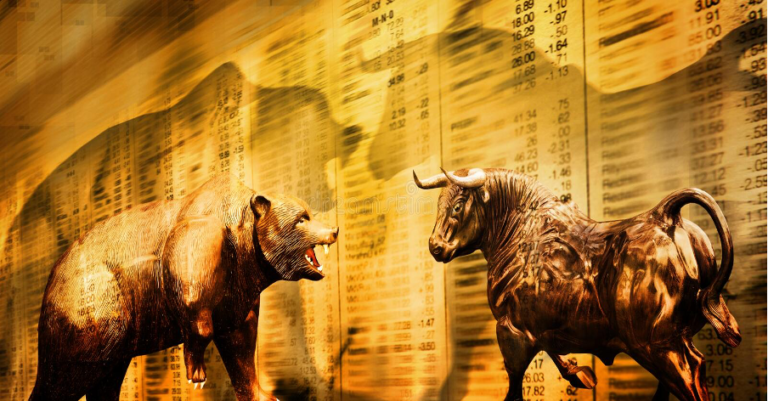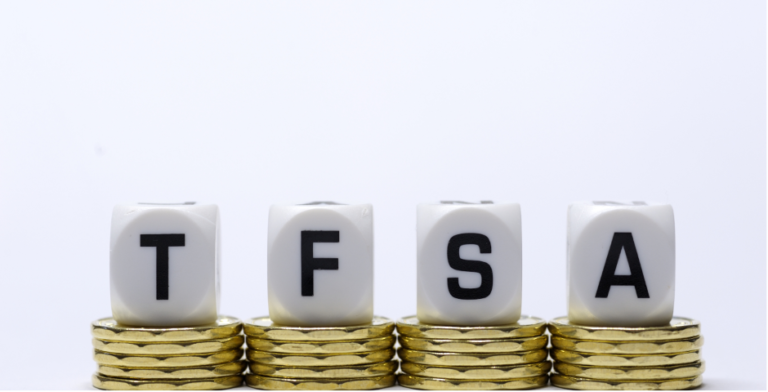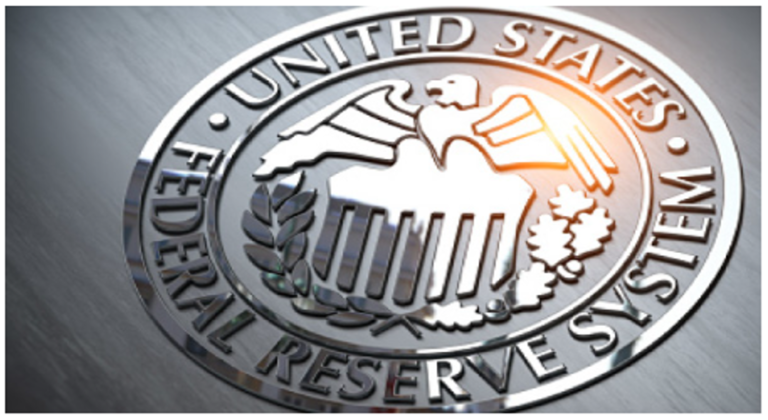The Rise of SPACs: Benefits and Potential Risks
Special Purpose Acquisition Companies (SPACs) have gained significant attention in recent years as an alternative investment vehicle. SPACs are shell companies formed with the sole purpose of acquiring or merging with an existing private company to take it public.
The process of a Special Purpose Acquisition Company involves several key steps.










